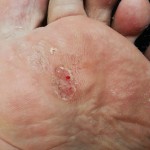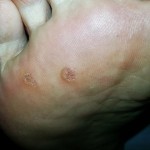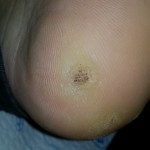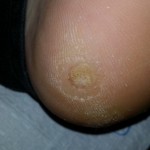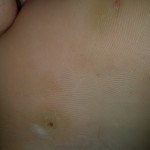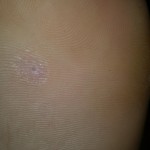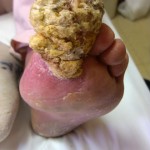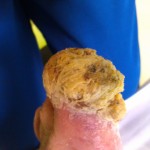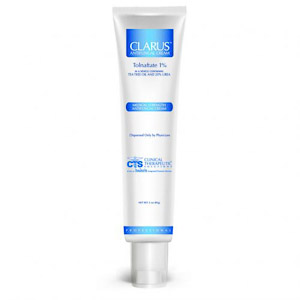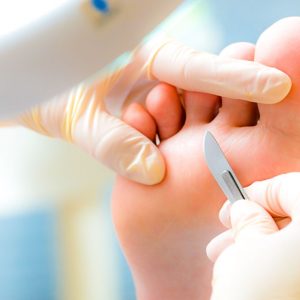Plantar Warts
Plantar warts (verrucae) are caused by strains of the human papilloma virus (HPV). Plantar warts are skin lesions that usually occur on the bottom or plantar surface of the foot. Differentiating plantar warts from other skin lesions on the bottom of the foot can be difficult at times. Plantar warts occur in an estimated 7% – 10% of the population with a higher incidence in children.
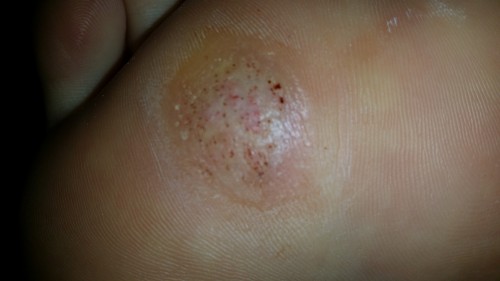
Viruses are made up of genetic fragments encased in protein capable of inserting itself into a cell. Viruses bind to there target cells by latching on to certain receptors specific to the cell they are infecting, they then harness the cells genetic material to reproduce. During this process, they must trick our bodies cells into creating and feeding the cells infected by the virus, or the infection will not be successful and our bodies will battle the infection.
The viral infection increases the reproductive rate of the cells infected with the virus, so the virus releases factors calling for more blood supply, so new capillaries form. Because viruses infect our skin cells, we must kill the cells they infect in order to destroy the plantar warts.
There are two types of plantar warts – simple and mosaic. Simple warts have a single capillary feeding the infected dermal cells and are typically respond better to treatments. Mosaic warts are colonies of simple warts, there are multiple capillaries feeding the infected cells and difficult to resolve.
Diagnosing Plantar Warts
Diagnosing plantar warts can be difficult even for an experienced physician. There are other skin lesions that may have all or some of the common characteristics of plantar warts. Here are some key characteristics when diagnosing plantar warts:
- have small identifiable black dots called petechiae
- interrupt the normal skin lines
- Pain with lateral compression (pinching) the area
- Have thickened skin
- Plantar Wart pre trimming
- and post trimming
- Plantar Wart pre debridement
- Post Debridement
The below images are are from a case of suspected verrucous carcinoma, the patient did not follow up for biopsy.
- Suspected varrucous carcinoma pt never followed up for biopsy


